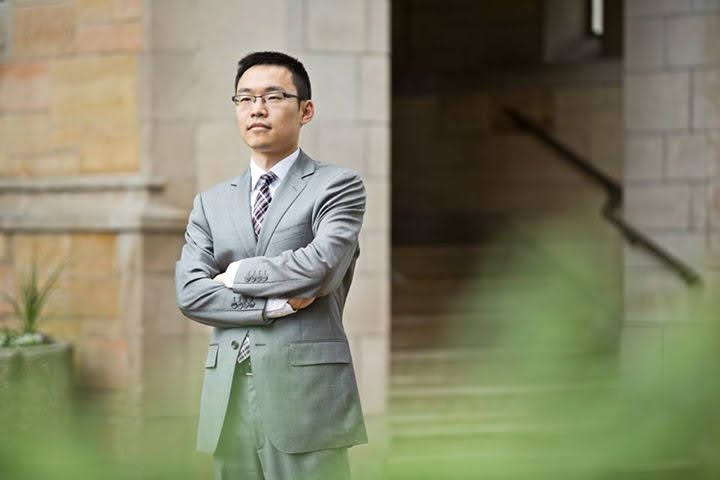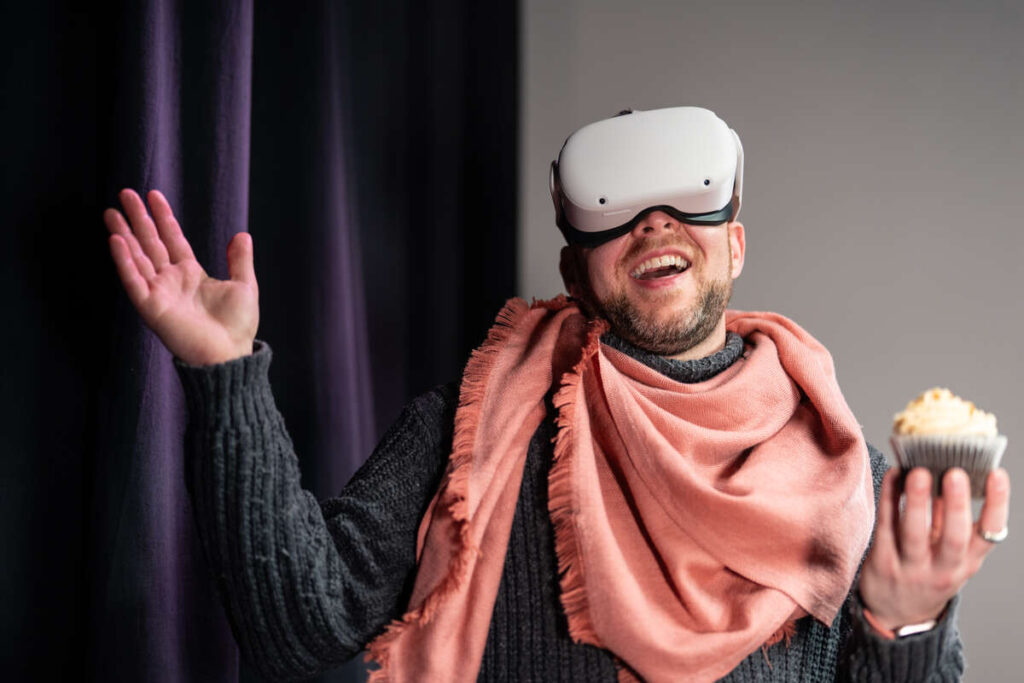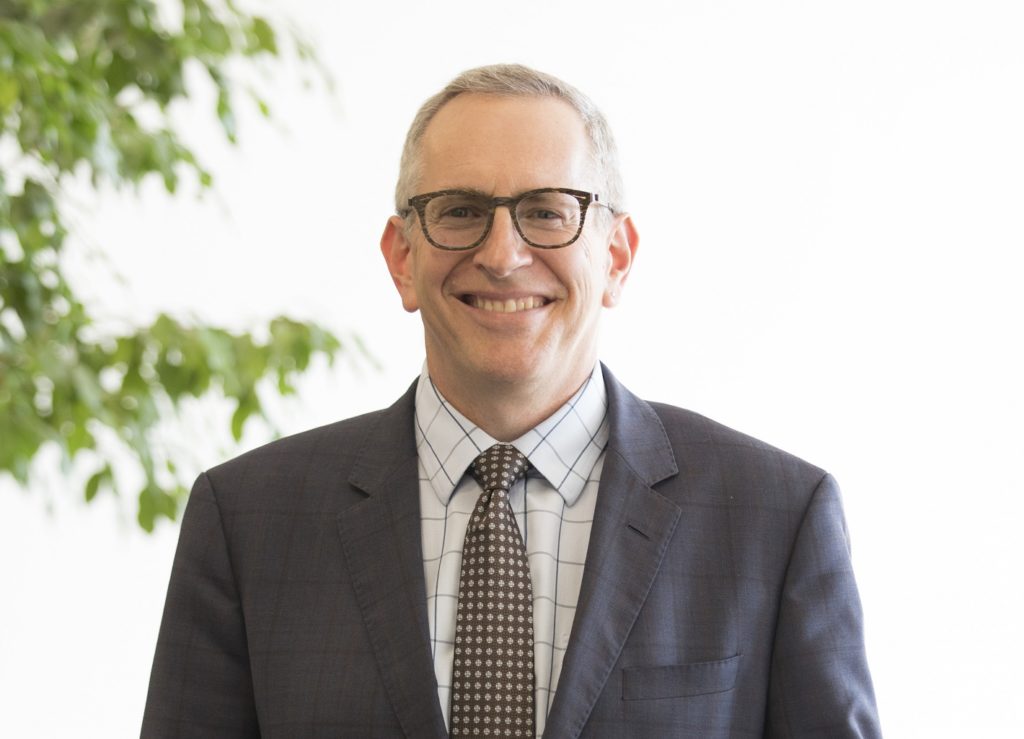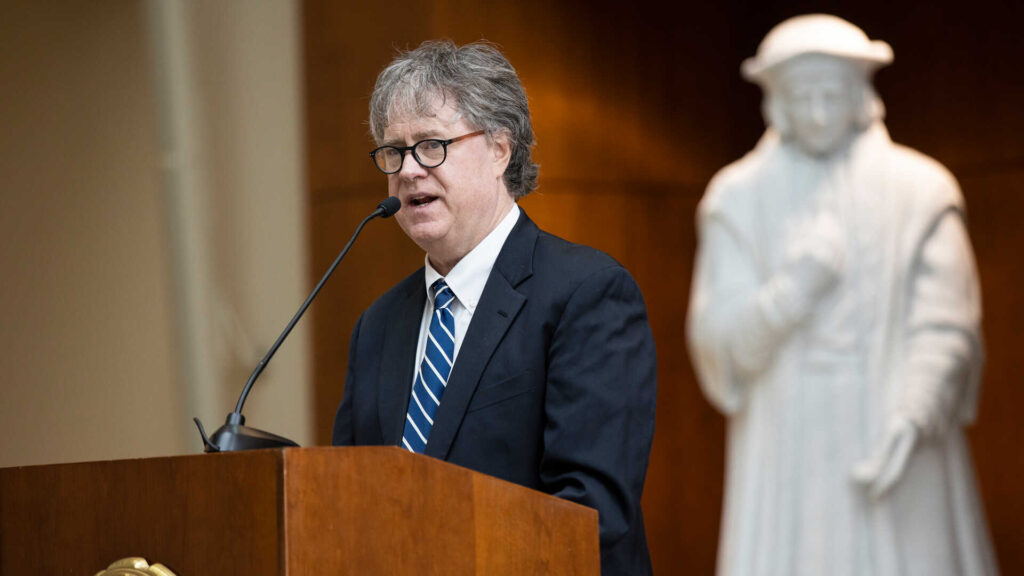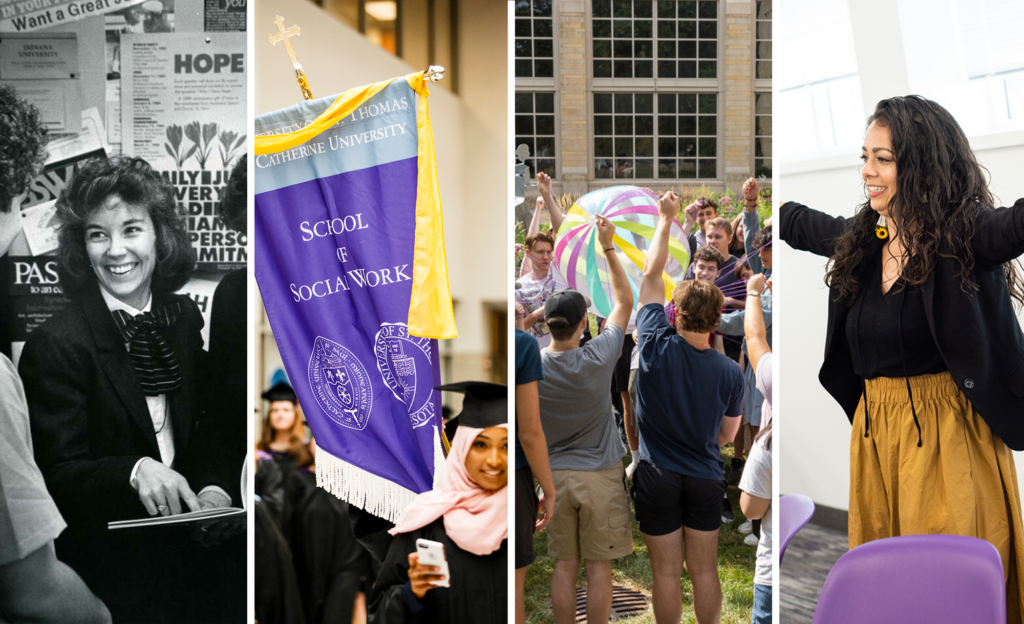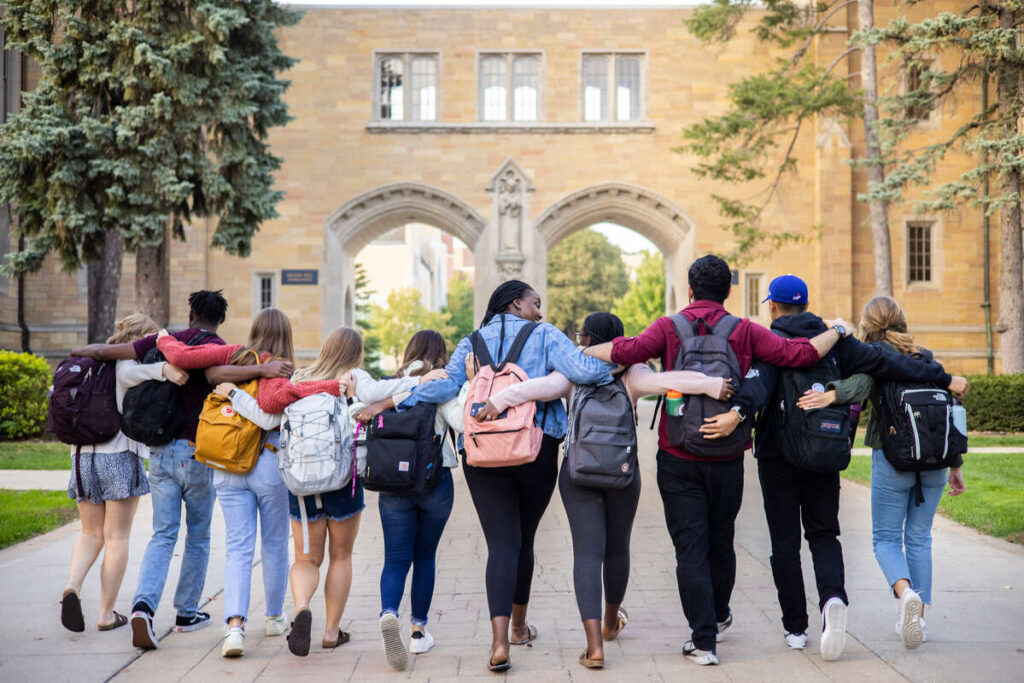Muer Yang, operations and supply chain management professor at the University of St. Thomas Opus College of Business, recently published an article in the Minnesota Reformer and spoke with the editorial board at The Minnesota Star Tribune about his latest research, which found that long wait times at polling places may lead to an increased spread of misinformation.

From Minnesota Reformer article:
Misinformation has become a significant concern in the U.S. today, in part because it has the potential to distort the perceptions of election integrity.
This was especially clear in the 2016 and 2020 presidential elections, when false claims about voting systems circulated widely, undermining public trust and contributing to the unrest leading up to the Jan. 6 Capitol riot.
Many have offered up ideas for how to combat misinformation, with limited success. And according to new research, there may be less obvious factors contributing to its spread, which require a much more holistic approach. ...
Long waits on Election Day have been shown to deter voters from participating in the democratic process. This alone is a major concern.
Now, according to new research, it’s becoming clear that areas of the country with longer voting lines not only have the lower level of confidence in the voting process – they are also seeing an increase in the spread of misinformation, as a result.

From The Minnesota Star Tribune editorial board:
There are about 3,000 polling places in Minnesota with an average of about 1,000 eligible voters per site, said Simon, who added that since so many vote early, and because Election Day voters spread out throughout the day, few have to wait in the long lines seen in some other states.
That’s not only convenient but cuts down on the spread of misinformation, according to recent research.
“What we found is the operational efficiency on Election Day voting administration has a spillover effect, or long-lasting effect, not just on the immediate experience on Election Day – it also will shape voters’ perceptions about the voting system or the integrity of the voting system,” said Muer Yang, a professor at the Opus College of Business at the University of St. Thomas. Yang, speaking of his research conducted with colleagues at the University of Iowa and the Stevens Institute of Technology, said that “in short, the longer voting lines experienced on Election Day can trigger more ‘fake news’ spread.”
Minnesota’s shorter lines and long list of voting safeguards should thwart such a phenomenon. Instead, they should inspire confidence and a relative rarity in these tense times: a celebration rather than a denigration of voting, which is the fundamental, essential element in our democracy.
